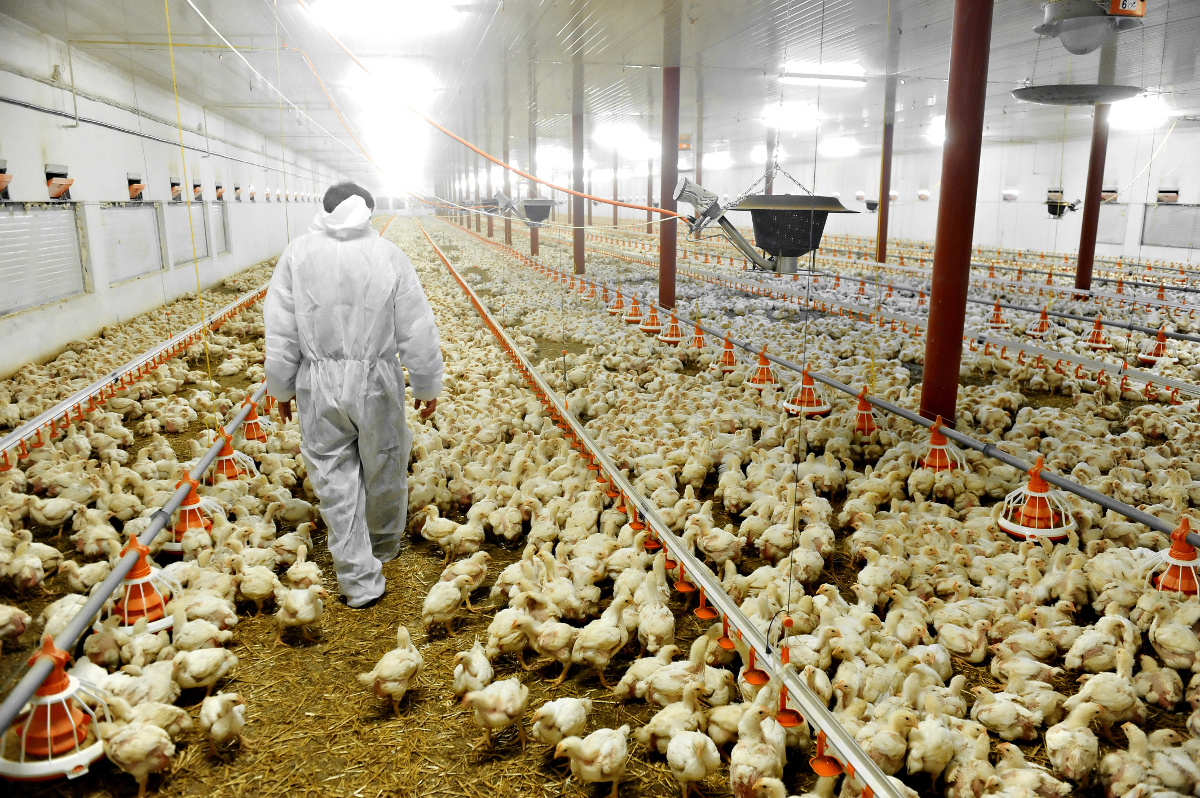Ecocriticism on the Edge: The Anthropocene as a Threshold Concept
Timothy Clark believes that there is a direct correlation between the interpretation of the subjective expression of climate change by ecocritics and an understanding of the devastation of the natural world. Through an interrogation of the use of symbolism in climate change communication he claims that climate change media is an artistic act, with representations and symbols acting as means to assign ‘good’ or ‘bad’ moral connotations to human actions. Clark sympathises with the idea that a vast ‘reimagining’ of the human condition and it’s direct effect on the planet is required to enact positive change. He voices this claim by stating that, “The work of an ecocritic is seen as one of ‘reimagination’, to change ‘the imaginary’ of his or her culture” (p. 19). This ‘reimagining’ is the direction that Clark believes media needs to take in order to reconstruct the problem of climate change in a fathomable and coherent way that will be recognisable across cultural boundaries. This is all contextualised in the idea that the Anthropocene, as a contemporary expression of the current phenomenon, needs to be redescribed through revolutionary means of symbolic change. It is through the Anthropic lens that Clark believes there is an opportunity for “recognition of the limits of cultural representation as a force of change in human affairs” (p. 21), compared to other factors which have been used to measure the ongoing impact.
Climate Change and Post-Political Communication: Media, Emotion, and Environmental Advocacy
Philip Hammond’s position on climate change communication is that the communication modes are a political act. The politics of this messaging come from a notion that climate change is often interpreted as only an important issue for people in government and positions of power to worry about. The nature of climate change communications must also be politically weaponised by the public in order to change His writing is supported by the claims of Anabela Carvalho. Carvalho observes the way in which the public is represented in contemporary climate change media as “passive” and “childlike” (p. 10). The descriptions of these dormant states instil in the audience a false understanding that they are powerless, and will never have the opportunity to enact positive change. Carvalho also points to the use of media communication expressing ‘millennial fears’ and ‘apocalyptic rhetoric’ (p. 10). This undermines the actual severity of the situation by diluting the validity of the situation, while leading the audience to assume that their fears are ridiculous and illegitimate.
Wiley Interdisciplinary Reviews: Climate Change
Much like Clark, Joanna Nurmis also believes that the most effective way to cause active engagement within the broader representation of climate change media is through an artistic lens. Nurmis’ argument stems from her claim that there is a disconnect between the events of climate change on a global scale and the emotional engagement with the citizens of the world. This is illustrated throughout her piece as she draws on concepts similar to Clark’s – the most fundamental of these is that imagination is the key to connecting the human experience with the natural world. As Nurmis states, “Art, finally, can ‘educate the senses’ themselves, providing a space for imagining what can be done and what the future will bring.” (p. 505). This ‘education of the senses’ is a vital part of the process in creating engaging and meaningful media as it invites the consumer to understand the problems and impacts on an emotional level, without feeling inundated or inferior from a misunderstanding in scientific language and concepts. It’s the raw interpretation of the art which connects the audience to the issue through this emotional level which Nurmis believes is the most important product of ‘reimagining’ media messaging.
References
Clark, T 2015, ‘Chapter One: The Anthropocene- Questions of Definition’, Ecocriticism on the Edge: The Anthropocene as a Threshold Concept, Bloomsbury Publishing, p.19-21.
Hammond, P 2017, ‘Introduction: ‘Post-political’ climate change’, Climate Change and Post-Political Communication: Media, Emotion, and Environmental Advocacy, Routledge, pp. 1-17.
Nurmis, J 2016, ‘Visual climate change art 2005–2015: discourse and practice’, Wiley Interdisciplinary Reviews: Climate Change, vol. 7, no. 4, p.505.




